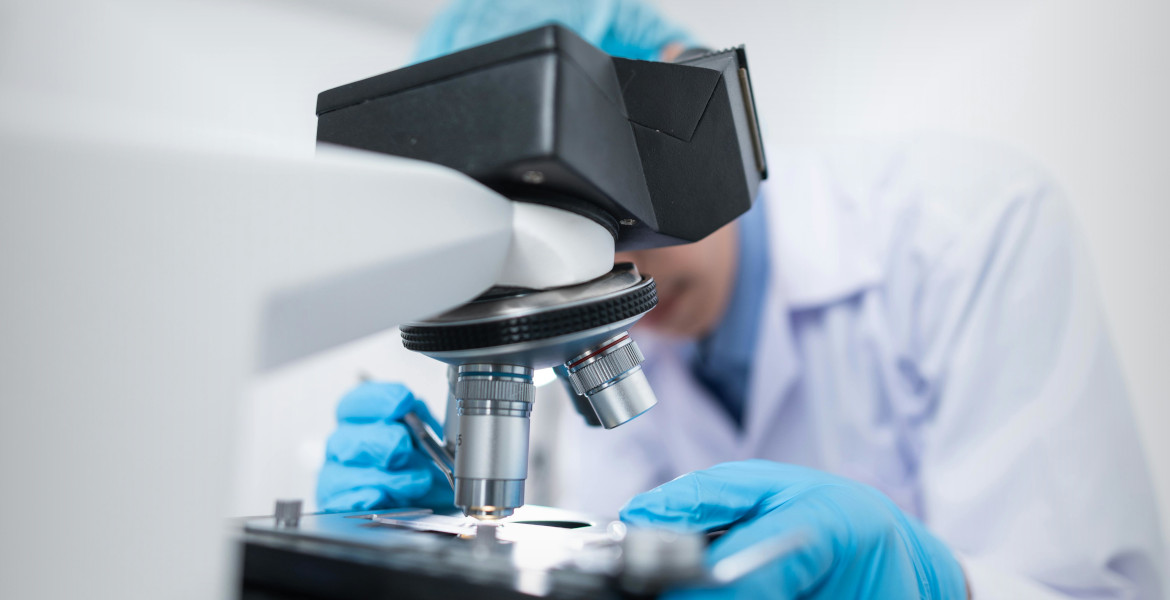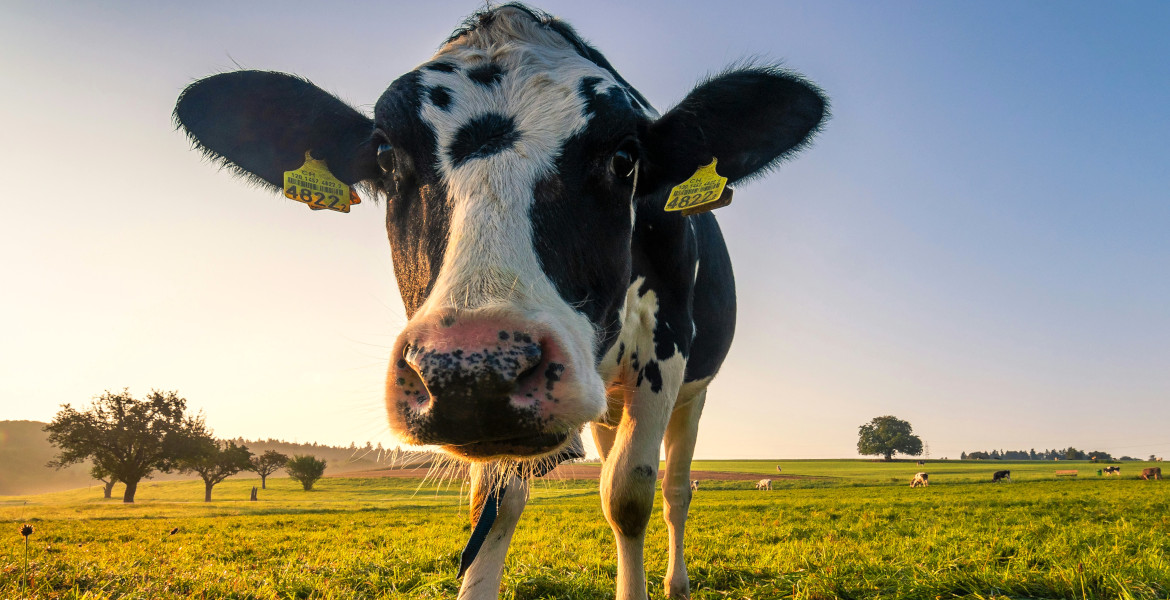Over the past century, women's pelvises have shrunk, according to a study that examined women in three different countries. Researchers see possible explanations in evolutionary development, where increased use of midwives and cesarean sections may have played a role.
In the study, researchers examined a total of 8,866 women in Australia, Poland and Mexico between 1880 and 1980. Researchers from the University of Łódź in Poland and the University of Adelaide in Australia looked at women's bodies and how these have changed during that time period.
During this century-long period, they found that women's pelvises in all three countries had shrunk by an average of 4.5 centimeters. At the same time, women's height had increased by an average of 10 centimeters. Shoulder width had not changed noticeably.
The study is still a so-called preprint, which means it has not yet been reviewed by other researchers, but it nevertheless generates great interest.
– The dataset is fantastic, says researcher Lia Betti at University College London to The New Scientist.
More difficult deliveries
With narrower pelvises, vaginal deliveries can become more complicated, while it can also reduce women's risk of pelvic floor problems after delivery. In all three countries, approximately 40 percent of all births are assisted, meaning cesarean sections, forceps or vacuum extraction are used during deliveries.
The researchers believe that a reduced pelvis may partly be an evolutionary development since pelvic width is hereditary. Previously, birth canals that were too narrow could be life-threatening for both mother and child. But today, many difficult deliveries are resolved surgically or in other ways. In this way, genetic variants are passed on that previously could have led to fatal complications for mother and child. It is also more advantageous for humans to have smaller pelvises to more easily walk on two legs, but at the same time it becomes a dilemma since humans give birth to children with very large heads compared to other species.
Researcher Philipp Mitteroecker at the University of Vienna in Austria has studied women's pelvises in a 2024 study, which also points out that narrower pelvises for women have more advantages than just being able to walk more easily on two legs. If the pelvis is wider, the load becomes greater and the pressure on the pelvic floor increases. The risk of urinary incontinence and what is called prolapse therefore becomes greater.
The unique midwife
Mitteroecker also points to the development of midwives, that is, the unique aspect that women for hundreds of thousands of years have received help from others during delivery. This may also have contributed to weakening the natural evolutionary pressure to give women wider pelvises.
– C-section is, in a way, an extreme form of that, Mitteroecker tells The New Scientist.
At the same time, Betti is skeptical that assisted deliveries and especially cesarean sections – as well as heredity and evolution – alone can explain the increasing narrowing of women's pelvises. She points out that humans have also become significantly taller during the same period. But this increased height is probably largely due to better nutrition – not genetic changes.
– When nutrition is scarce, our developing bodies tend to allocate more nutrients to certain organs, including the brain, at the expense of others. But now we have ample nutrition, so our bodies may have reallocated nutrients. So we end up with different body proportions, she says.





